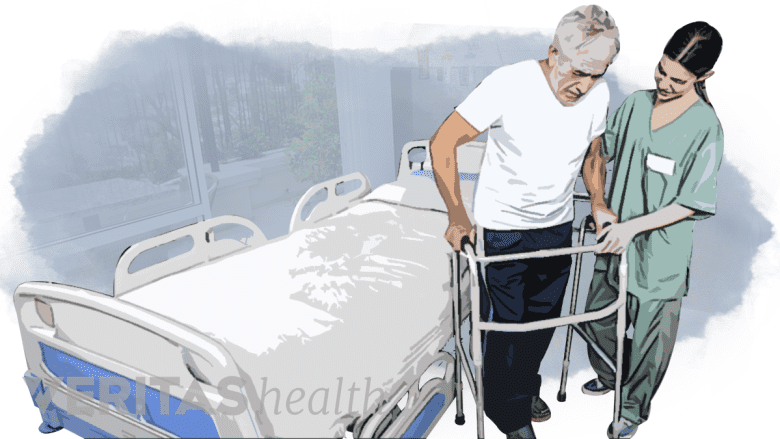Cauda equina syndrome typically requires prompt surgical decompression in order to reduce or eliminate pressure on the impacted nerves. Most surgeons recommend decompression as soon as possible, within about 8 hours of the onset of symptoms if symptoms develop suddenly.

Surgical removal of the lamina can help provide space for the cauda equina nerves.
While there are conflicting reports in the literature regarding the timing of treatment, it is generally thought that surgery within 24 to 48 hours gives the maximum potential for improvement of sensory and motor deficits. In one meta-analysis, patients who underwent surgery within 48 hours of onset were found to have a significant improvement in sensory/motor deficits and bowel and bladder function over patients who received treatment after 48 hours.1Bečulić H, Skomorac R, Jusić A, et al. Impact of timing on surgical outcome in patients with cauda equina syndrome caused by lumbar disc herniation. Med Glas (Zenica). 2016;13(2):136-41. However, even patients who undergo surgery later may experience improvement in their urinary and rectal function, and neurologic deficits.
In This Article:
- Cauda Equina Syndrome
- Cauda Equina Syndrome Symptoms
- Causes of Cauda Equina Syndrome
- Treatments for Cauda Equina Syndrome
- Cauda Equina Syndrome Video
Surgical Decompression
Cauda equina syndrome is best treated with decompression by a lumbar laminectomy, but a lumbar microdiscectomy may be used given a patient’s unique situation.
Watch: Lumbar Microdiscectomy Surgery Video
The patient will likely be kept in the hospital for a few days following the surgery to monitor recovery of motor and sensory function.
Post-Surgical Prognosis

Recovery after cauda equina surgery varies from person to person.
The prognosis for cauda equina syndrome depends on a variety of factors, such as how promptly the nerve is decompressed and the degree of nerve damage at the time of surgery.
Following surgery, the extent of recovery is variable. Patients may continue to experience some low back or leg pain, bladder or bowel dysfunction, and other physical problems depending on the duration of nerve compression and the severity of symptoms at the time of surgery.
While it is generally thought that neurological damage caused by cauda equina syndrome is permanent, some studies have reported that long-term management may allow patients with initially poor prognosis following surgery to eventually regain a near-normal voiding of a bladder with little daily interruption.2Chang HS, Nakagawa H, Mizuno J. Lumbar herniated disc presenting with cauda equina syndrome. Long term follow-up of 4 cases. Surg Neurol. 2000;53:100–105. doi: 10.1016/S0090-3019(99)00180-9.
- 1 Bečulić H, Skomorac R, Jusić A, et al. Impact of timing on surgical outcome in patients with cauda equina syndrome caused by lumbar disc herniation. Med Glas (Zenica). 2016;13(2):136-41.
- 2 Chang HS, Nakagawa H, Mizuno J. Lumbar herniated disc presenting with cauda equina syndrome. Long term follow-up of 4 cases. Surg Neurol. 2000;53:100–105. doi: 10.1016/S0090-3019(99)00180-9.

